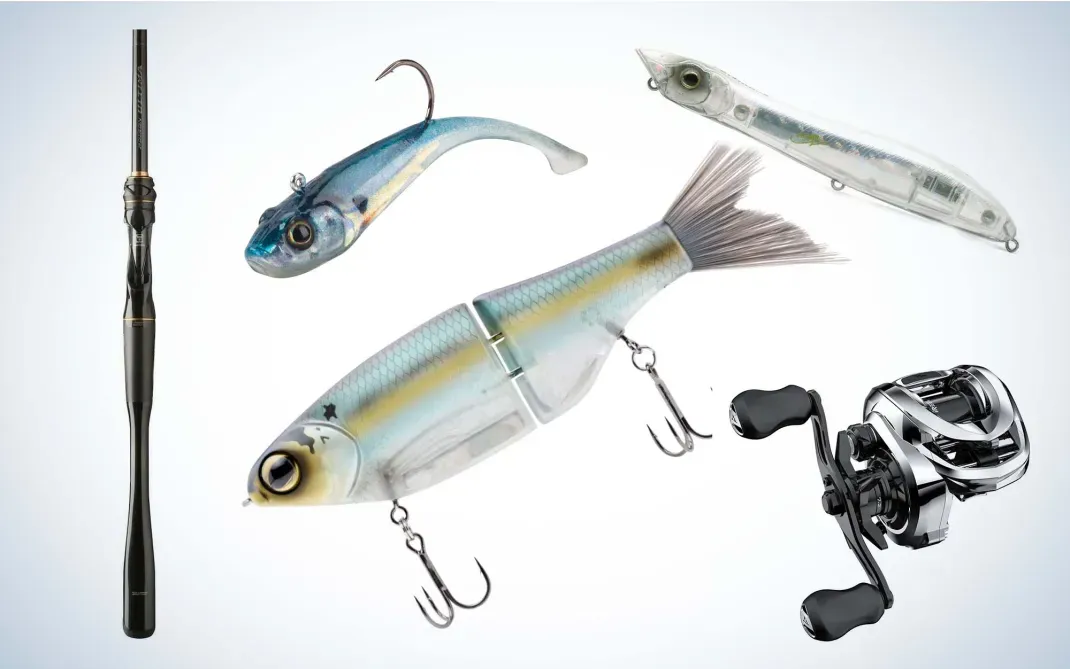The Complete Guide To Using Fishing Sinkers
The Complete Guide To Using Fishing Sinkers offers comprehensive insights into the various types of sinkers, their purposes, and effective techniques for their use. It explains how different weights and shapes can influence casting distance, bait presentation, and overall fishing success. The guide covers essential factors such as water conditions, target species, and rigging methods, helping anglers choose the right sinker for their needs. Additionally, it provides tips on avoiding common mistakes and maximizing the effectiveness of sinkers in different environments. This resource serves as an invaluable tool for both novice and experienced fishermen seeking to enhance their skills.

Fishing sinkers are essential tools in the art of angling, acting as the unsung heroes that help anglers achieve success on the water. While they may seem like simple weights, their selection and application can significantly influence the overall fishing experience. Understanding the various types of sinkers, their specific uses, and how to incorporate them into fishing strategies can be crucial for both novice and experienced anglers alike.
At its core, a fishing sinker is designed to provide weight to the fishing line, enabling the bait to reach the desired depth and maintain position in the water. The weight of the sinker allows it to counteract the buoyancy of the bait, ensuring that it sinks and remains where fish are actively feeding. In addition, sinkers help in casting longer distances, allowing anglers to reach fish that might be lurking in deeper waters or farther from the shore. The effectiveness of a fishing sinker can depend on various factors, including the type of water, the species targeted, and the fishing techniques employed.
There are several types of fishing sinkers, each designed for specific conditions and techniques. One of the most common types is the egg sinker, which is shaped like an egg and allows for smooth passage through vegetation and rocky areas. Egg sinkers are often used in bottom fishing, where the goal is to present bait at the bottom of a water body. The unique shape of this sinker allows for minimal resistance, making it easier for fish to take the bait without feeling the weight of the sinker.
Another popular option is the split-shot sinker, which consists of small, round weights that can be pinched onto the fishing line. These sinkers provide flexibility, as anglers can easily add or remove them based on the fishing conditions. Split-shot sinkers are particularly useful for finesse techniques, where subtle presentations are needed to entice wary fish. They allow for a more natural drift of the bait, which can be crucial in catching species that are easily spooked.
For anglers targeting larger fish or fishing in strong currents, pyramid sinkers can be an excellent choice. Shaped like a pyramid, these sinkers are designed to anchor the line firmly to the bottom, preventing it from being swept away by the current. They provide stability and allow anglers to maintain control over their bait, making them ideal for fishing in heavy tides or fast-moving waters. The weight distribution of pyramid sinkers also helps keep the bait in place, ensuring that it remains in the strike zone longer.
When it comes to fishing in areas with heavy vegetation, a slip sinker can prove invaluable. This type of sinker is threaded onto the line and allowed to slide freely, which helps reduce resistance when a fish takes the bait. Slip sinkers are particularly effective for techniques such as Carolina rigging, where the bait needs to be presented in a way that minimizes the chance of snagging on underwater obstacles. By allowing the sinker to slide, the angler can maintain a more natural presentation, increasing the likelihood of a successful catch.
In addition to understanding the different types of sinkers, it’s essential for anglers to consider the weight of the sinker they are using. The appropriate weight can depend on various factors, including the depth of the water, the strength of the current, and the size of the bait. A sinker that is too light may not reach the desired depth or stay in place, while one that is too heavy can scare off fish or make the bait appear unnatural. Striking a balance is key; anglers should experiment with different weights to determine what works best for their specific fishing conditions.
Another important aspect of using fishing sinkers is the rigging technique. The way a sinker is attached to the fishing line can affect its performance. For example, using a swivel can help reduce line twist and improve the overall presentation of the bait. Additionally, the distance between the sinker and the bait can influence the way the bait behaves in the water. A shorter distance may create a more compact presentation, while a longer distance allows for more natural movement. Understanding these nuances can enhance an angler's ability to attract fish.
Environmental factors should also be taken into account when selecting and using sinkers. In recent years, there has been a growing emphasis on environmentally friendly fishing practices, leading to the development of non-toxic sinkers made from materials such as tungsten or steel. These alternatives are less harmful to aquatic life and can help reduce the impact of fishing on the environment. Anglers should consider making the switch to these materials to promote sustainability while still enjoying their fishing activities.
Ultimately, the art of using fishing sinkers is about more than just weight; it encompasses a deeper understanding of the aquatic environment, fish behavior, and the nuances of fishing techniques. By mastering the various types of sinkers, knowing how to rig them effectively, and being aware of the environmental implications of their choices, anglers can enhance their fishing experience and increase their chances of success. Fishing sinkers may be simple tools, but their importance in the world of fishing cannot be overstated. They are a fundamental component that, when used correctly, can transform an ordinary fishing outing into a memorable and fruitful adventure on the water.






